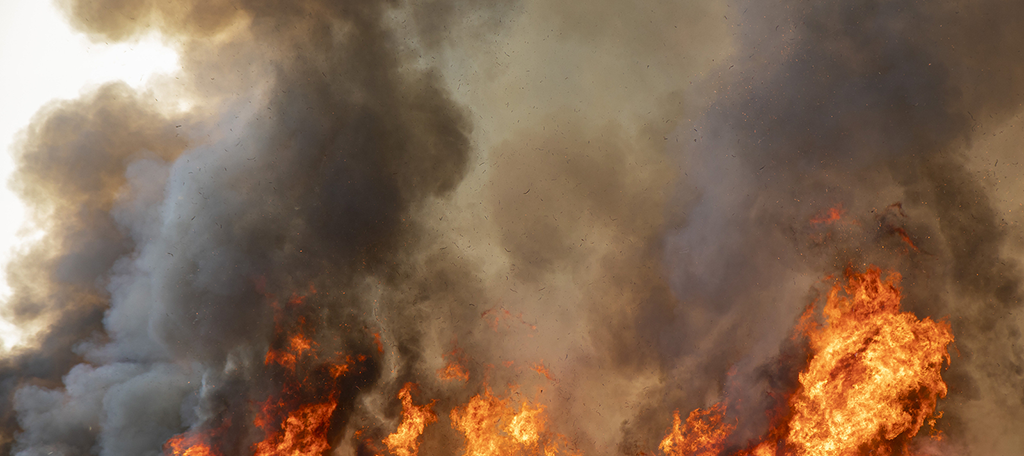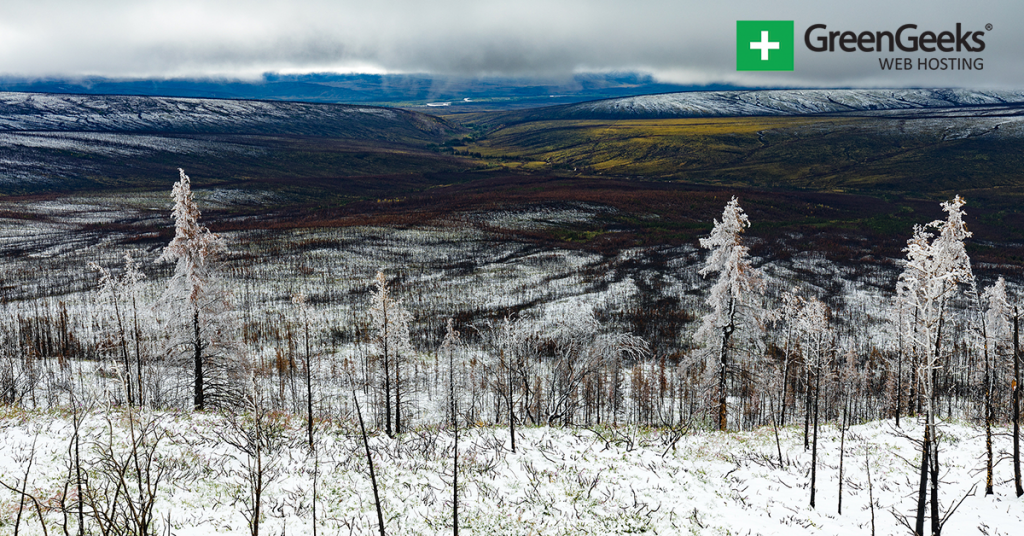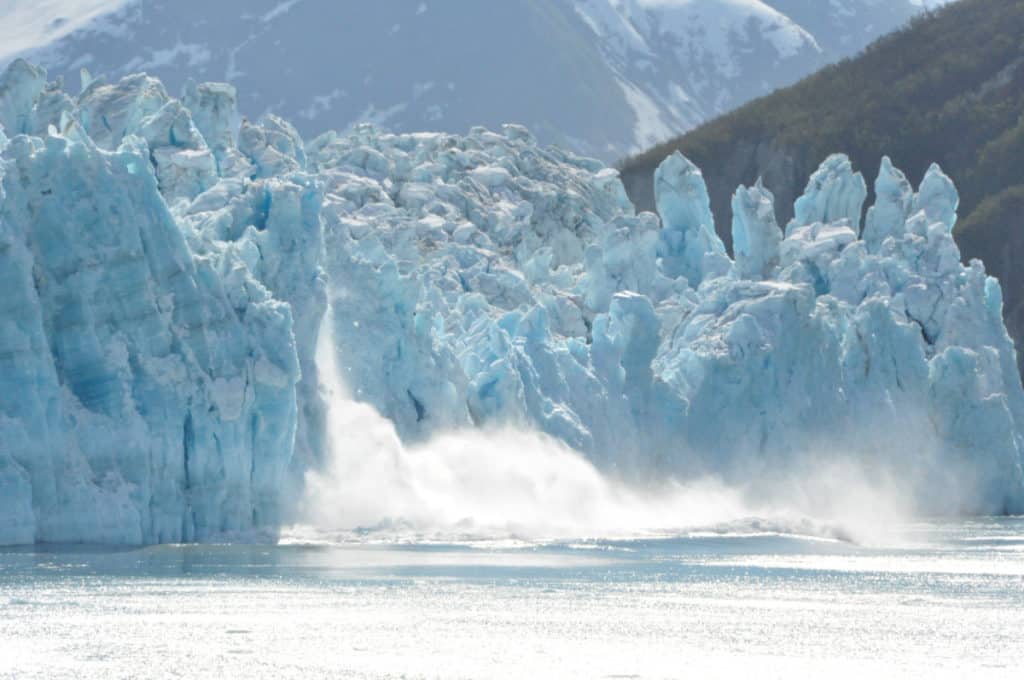Arctic wildfires have been very intense this year and as a result, they have shattered emission records. Scientists were able to use data from the Global Fire Assimilation System (GFAS) to discover that emissions have increased by more than a third compared to 2019.
For reference in 2019, there were 181 megatonnes of CO2. But so far in 2020, emissions are already estimated at 244 megatonnes. This severe increase in CO2 emissions directly links to the wildfires plaguing Russia’s Sakha Republic.
If you haven’t heard about wildfires in the Arctic circle, it’s not surprising. The majority of the fires are “zombie fires” or holdover fires.
What Is A “Zombie Fire”
A “zombie fire,” or holdover fire, is one that begins in the winter and continues to burn the land from underground. Eventually, these fires, end up igniting trees and plants in the summer and are even thought to be igniting methane reserves, which leave huge craters in their wake.
The climate conditions are making these types of fires far more devastating. In the past, the temperatures would be cool enough to prevent large fire spreads. However, that isn’t the case anymore.
It’s warmer and that means the vegetation is drier and snow doesn’t last as long. Thus, it makes the perfect condition for a wildfire.
Smoke and Air Pollution Are Moving

The smoke these fires create is moving away from the source. In fact, this applies to all forest fires including the ones that are currently burning in California.
Thus, the fires that are happening in the arctic circle will affect a large group of people via air pollution.
Unfortunately, due to the nature of these holdover fires, they are very hard to prevent. As climate conditions continue to worsen in the arctic, they will become even more prominent.


